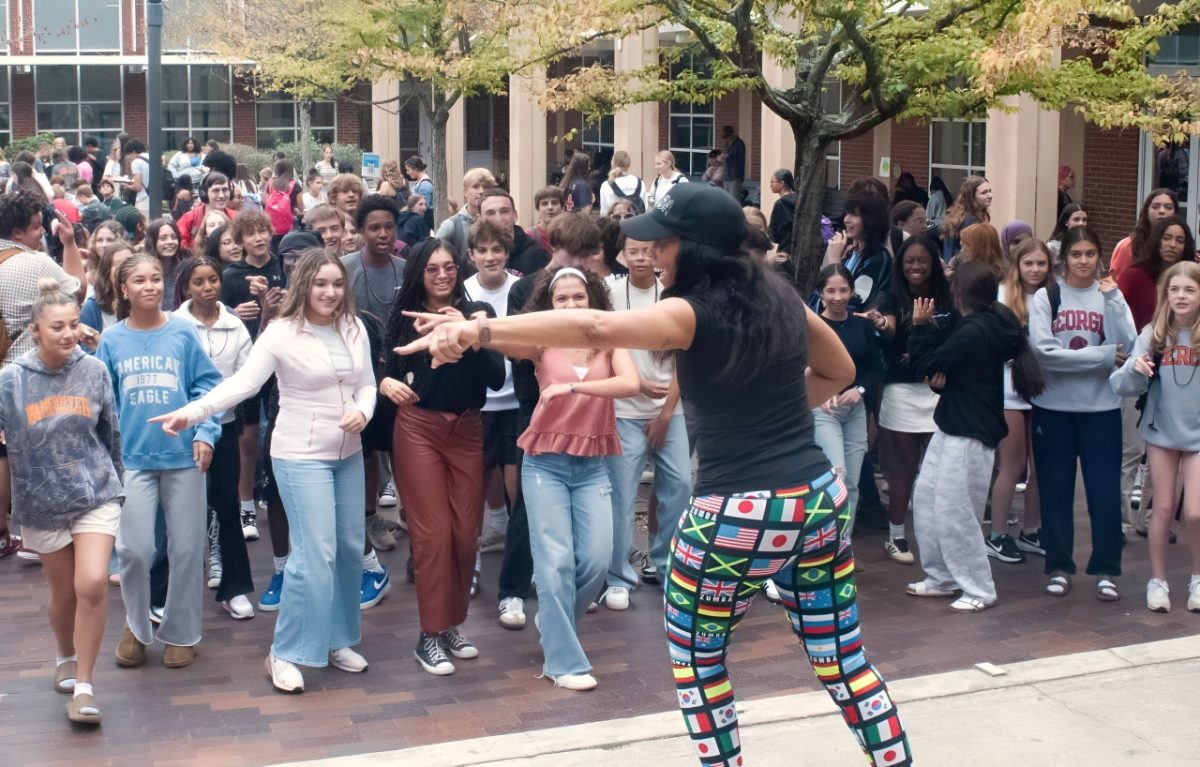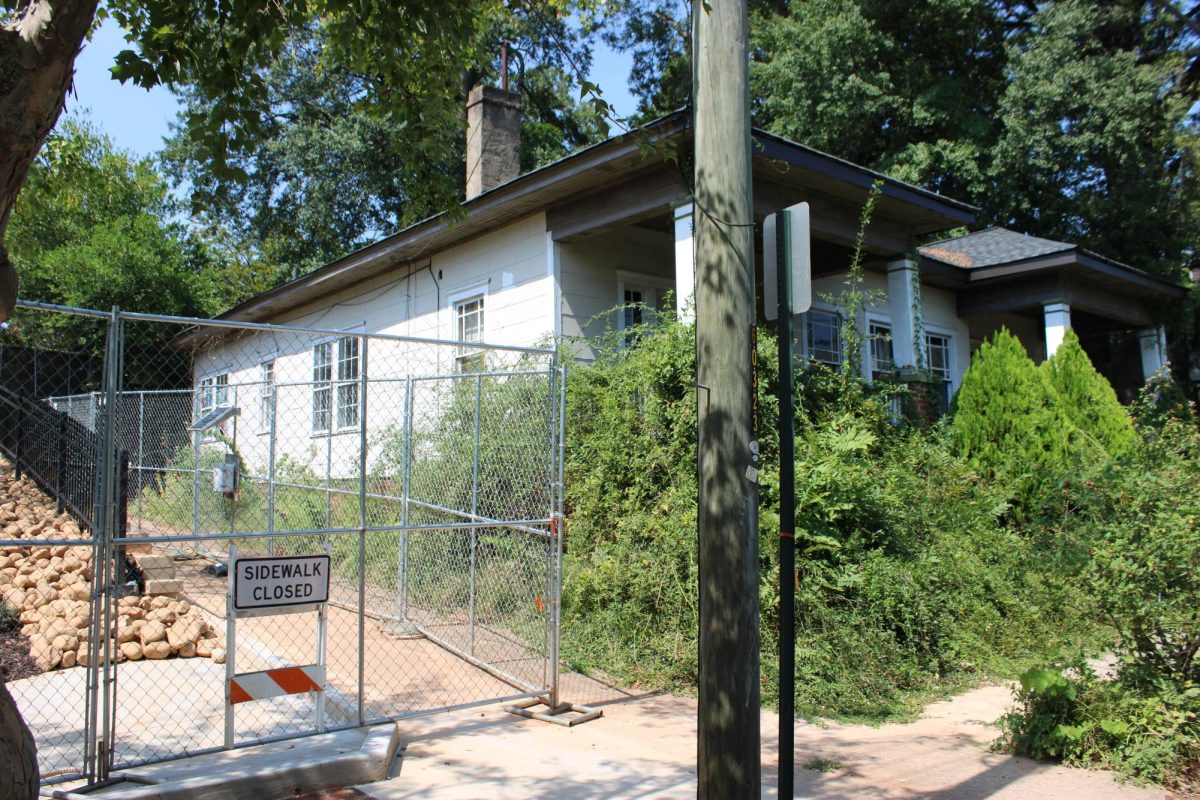Inman should turn into a fourth and fifth grade academy
May 4, 2021
When discussing school redistricting and restructuring, there’s no way to satisfy all stakeholders. Issues such as the future of the old Inman Middle School facility will usually cause major contention in the community. However, these tumultuous decisions can be an avenue for real, positive change. Implementing the fourth and fifth grade academy option would give the district an opportunity to address many of the issues the Grady cluster currently faces.
A huge advantage of the fourth and fifth grade option is that it won’t require rezoning. In all of the current options for creating an Inman Elementary School zone, zones would be split in various ways to create another elementary school to feed into what is now Howard Middle School.
The fourth and fifth grade option would keep all zones exactly as they are, and funnel all fourth and fifth graders in the district to Inman before continuing to Howard for sixth grade.
A fourth and fifth grade academy would also address concerns of lower overcrowding at the elementary school level. Inman would have projected overcrowding as a middle school, but unlike most of the previously overcrowded campuses, it has room to grow.
In a survey by the Council of Intown Neighborhoods & Schools, 45 percent of respondents marked their primary goal to address capacity growth in the Grady Cluster as ensuring elementary schools are neighborhood schools (schools children can easily walk to). Many parents in the Grady cluster are used to walking their children to school for their entire K-5 elementary school education. If Inman was turned into a fourth and fifth grade academy, only about 35 percent of students would have a mile or less walk to school. In each of the proposed K-5 options, over 50 percent of students would have a walk less than a mile.
However, while walkability may be important to some parents, but it might not be the most important indicator of a neighborhood school. The fourth and fifth grade academy has the potential to redefine our idea of a neighborhood to include the entire cluster. The ideal neighborhood school would have students from all over the Grady cluster, exposing children to more diversity and viewpoints than are available in separate elementary schools.
Part of the strength of our Grady community is its breadth in walks of life. Look at Grady’s motto, “Individually we are different, together we are Grady.” Bringing students together earlier would foster the ties between the district as a whole, bringing value and strength to students’ and parents’ experiences and the life of the cluster.
Having a fourth and fifth grade academy would mean the district would be able to pool resources and ensure children get more equal opportunities earlier (which is something 28 percent of survey respondents ranked as their first or second priority in the CINS survey).
Not all elementary schools in the cluster are currently performing at the same level of readiness, progress and content mastery, according to the Georgia Department of Education’s 2019 College and Career Ready Performance Index. Though bringing students together will not solve all racial and socioeconomic disparities that exist in APS elementary schools, it will further standardize opportunities in the cluster because kids will be at the same school earlier in their education. With Inman serving as a fourth and fifth grade academy, more children will have the same access to gifted, on-level and remedial classes. This isn’t a solution to the current achievement gap, but hopefully, it will create fewer disparities in honors and AP classes later in middle and high school.
While the elementary school option would break up current school zones and divide the district community more, the fourth and fifth grade academy would allow for a more developed, more closely-knit Grady cluster community.










